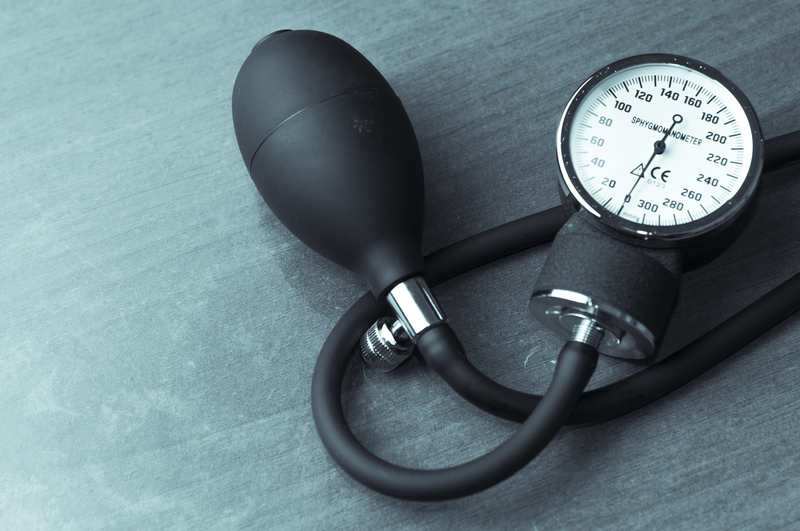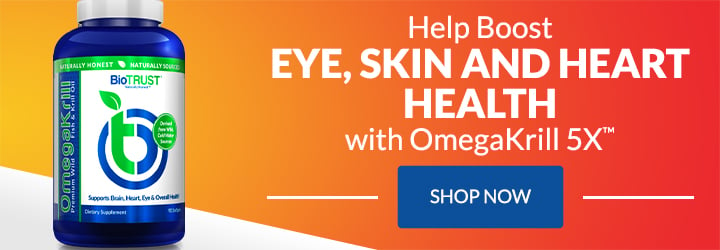What Are the Best Diets to Lower Blood Pressure?

I am hesitant to take medications as I tend to suffer from side effects (and the drugs are not always effective for me), so I need to know how to get my blood pressure under control STAT—before my next doctor’s visit.
I’m ready and willing to start making bigger lifestyle changes, but I don’t want to follow a diet that won’t help. So, best diets to lower blood pressure?
Thanks for your help,
Barbara
A: Thanks for reaching out to us, Barbara. You have a very common—albeit alarming—concern. According to the latest statistics from the American Heart Association, an estimated 103 million U.S. adults have high blood pressure—that’s nearly HALF (46%) of the American population over age 20.
And this “silent killer,” as it is often dubbed because it usually has no signs or symptoms, dramatically increases the risk for potentially fatal heart attack and stroke, which are the leading causes of death in the United States. It also costs the U.S. more than $46 BILLION in healthcare, medication, and missed work. 1
Let’s back up a second to look at what high blood pressure is. Quite simply, blood circulates throughout the body, and blood pressure (BP) is the “force of blood against artery walls.”
Depending on what you’re doing, how stressed you are (for example, many of us can see our blood pressure raise if we’re anxious about a visit with the doctor), if you’re using medications, if the temperature is high (which can cause BP to drop), or if you’re exerting yourself, blood pressure can naturally fluctuate. Yet, if it stays high for a long time or goes from one extreme to the other, it can cause often serious health concerns.
Typical recommendations from doctors to control blood pressure include:
- Having your BP checked regularly, which is why putting on the blood pressure cuff is one of the first things you do when visiting your doctor. Yet, it’s also important to monitor your blood pressure at home, between doctor visits.
- Maintaining a healthy weight and watching your waistline.
- Exercising regularly (at least 150 minutes per week with two strength training days per week and regular cardiovascular activity such as walking, jogging, dancing, or cycling).
- Not smoking.
- Limiting alcohol to one drink per day for women and two drinks per day for men.
- Managing stress and anxiety (with meditation, deep breathing, and other techniques).
- Watching for sleep disorders (like obstructive sleep apnea).
- Watching for disease states (such as diabetes, kidney disease, and thyroid problems).
- Reducing caffeine consumption.
- Balancing your sodium and potassium levels by decreasing the consumption of processed foods and eating more vegetables and fruits.
- And, of course, ensuring you’re eating a healthy diet.
As weight increases, blood pressure often does too. In fact, weight loss is considered one of the best, most effective changes to help control blood pressure. In general, for each 2.2 pounds lost, blood pressure can drop bout 1 mm Hg. The weight around the waistline (i.e., belly fat, aka visceral fat) is especially important. In general, men will want to keep their waist circumference below 40 inches (below 37 is even better) while women will want to shoot for a waist size under 35 inches (under 32 is even better). 2
So, what are the best diets to lower blood pressure?
First, you’ll want to focus on eating predominantly whole, minimally processed foods, including plenty of vegetables, fruits, whole grains, and low-fat dairy products. It’s also typically recommended that foods higher in saturated fat and cholesterol be limited, such as red meat, tropical oils, and full-fat dairy products. And when it comes to grains, make sure you’re shunning refined, processed options and going for whole grains instead.

So, What are the Best Diets to Lower Blood Pressure?
The most popular and best diets to lower blood pressure is called the DASH diet, which stands for Dietary Approaches to Stop Hypertension. And this diet is supported by both science and history for helping reduce BP and promoting heart health. In fact, the DASH diet is the product of one of the largest, most detailed research studies to date.
Studies indicate that participants following the DASH diet can drop systolic blood pressure (the “top,” or first, number in a blood pressure reading) by 8 to 14 points. Because it is so successful for reducing blood pressure (and “bad” cholesterol), the DASH diet has become the go-to recommendation for heart health by many healthcare practitioners, and it is promoted by numerous health organizations, such as the National Heart, Lung, and Blood Institute and the American Heart Association. 3
Studies also show that the DASH diet is very effective for helping folks lose weight. Numerous diet trials have shown that the DASH diet results in more weight loss and reductions in waist size than a standard reduced-calorie diet.
What can you eat on this diet? The DASH diet isn’t just about eating fewer calories. Rather, the DASH diet typically “cycles” from lower to higher calories every five days. It also recommends foods that are higher in protein and fiber as well as higher in minerals like potassium, magnesium, and calcium. So, you’ll eat an abundance of veggies, fruits, whole grains, and low-fat dairy with a moderate intake of lean proteins, legumes, nuts, and seeds.
Specific foods that may help you get your blood pressure under control include:
- Green leafy vegetables like romaine lettuce, kale, spinach, and Swiss chard
- Berries, especially blueberries because of their high level of flavonoids
- Fruits including watermelon, bananas, kiwis, and pomegranates
- Beets, a rich source of dietary nitrates, which help open blood vessels
- Garlic, which may also help with the body’s production of nitric oxide
- Fish and seafood high in omega-3 fatty acids
- Oats, which are loaded with a fiber called beta-glucan
- Foods high in probiotics like yogurt, sauerkraut, kimchi, and kombucha
- Lentils
- Unsalted nuts like pistachios and almonds as well as seeds
Barbara, with the changes above, it has been shown to be possible to “eat your way out of high blood pressure.” Some research has shown that the DASH diet can decrease blood pressure by 10 points—which is about the same as medication. 4
Other Diets to Lower Blood Pressure
If the DASH diet doesn’t seem like a good fit, other healthy options include the Mediterranean Diet or the new Satiating Diet. Neither one has as much research showing a decrease in blood pressure in just two weeks, but they have both been shown to help people lose weight and are based on eating whole, minimally processed foods. Actually, based on the most recent research, the DASH diet has recently evolved to take on some of the key elements of the Mediterranean diet, such as more heart-healthy fats (e.g., olive oil) while further limiting processed foods containing refined grains and added sugar.
Good luck! And please let us know if you have any further questions.






